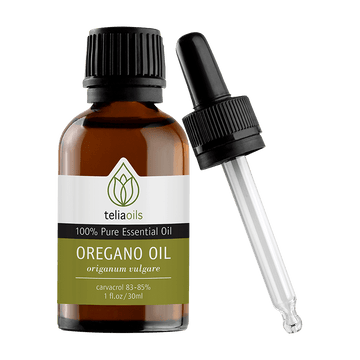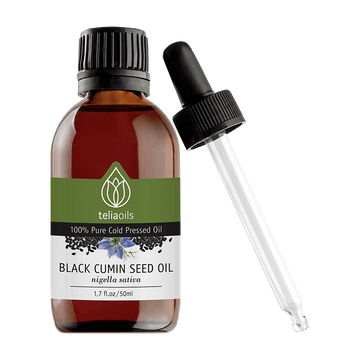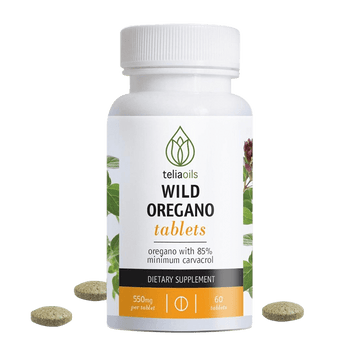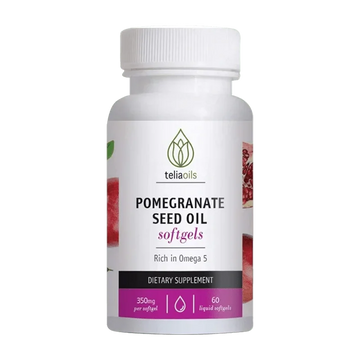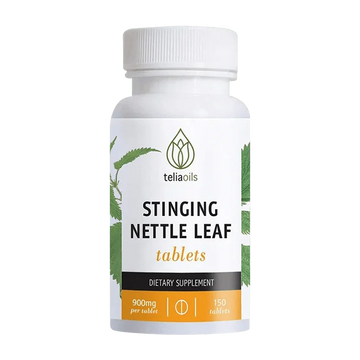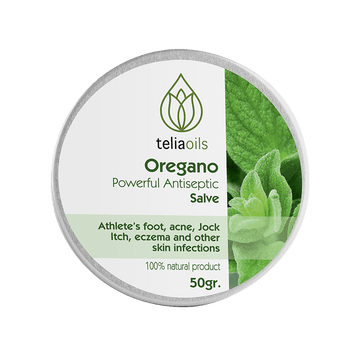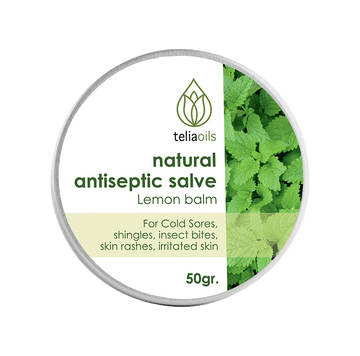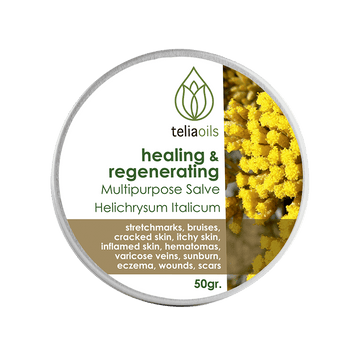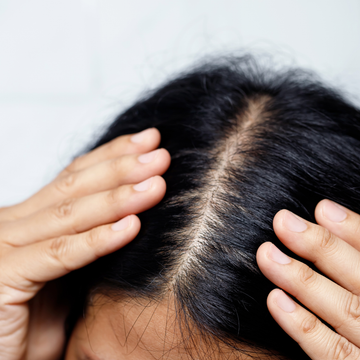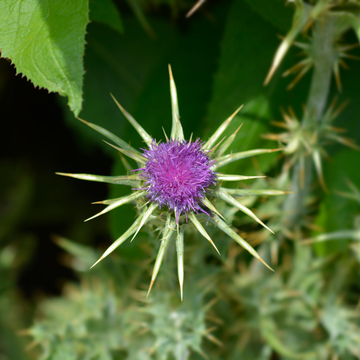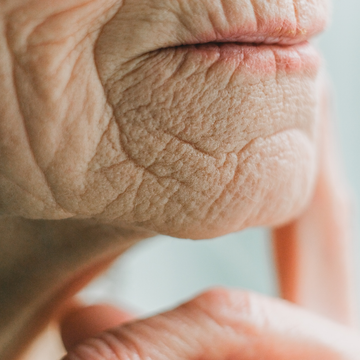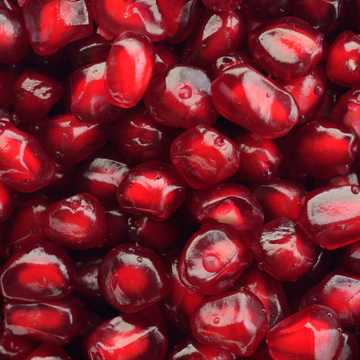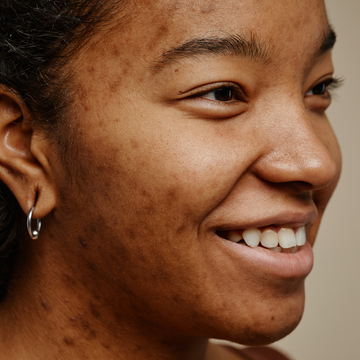
Acne is a common skin condition that affects millions worldwide, prompting many to turn to natural and home remedies in search of gentle, effective treatments. This article reviews several natural remedies for acne that are backed by scientific evidence, providing readers with reliable options for managing their skin health. We will focus on ingredients like tea tree oil, green tea, and witch hazel, all of which have shown promise in clinical studies.
Tea Tree Oil
The Power of Tea Tree
Tea tree oil is derived from the leaves of Melaleuca alternifolia, a tree native to Australia. It has been widely used for its antibacterial and anti-inflammatory properties, which make it an effective natural remedy for acne.
Scientific Support
Several studies have demonstrated tea tree oil's efficacy in treating acne. A notable study published in the Journal of Dermatology found that a 5% tea tree oil gel was nearly as effective as a 5% benzoyl peroxide lotion, but with fewer side effects. Tea tree oil helps reduce the number of inflamed and non-inflamed lesions, providing a less irritating alternative to harsher chemical treatments.
Usage Tips
When using tea tree oil, it’s crucial to dilute it with a carrier oil (like coconut or jojoba oil) to minimize potential skin irritation. Applying a small amount to affected areas with a cotton swab can help target pimples without overly drying the skin.
Green Tea
Antioxidant and Anti-inflammatory Effects
Green tea is rich in polyphenols, particularly epigallocatechin gallate (EGCG), which has strong antioxidant and anti-inflammatory properties. These characteristics are beneficial for reducing skin inflammation and the severity of acne.
Research Findings
Research indicates that topical applications of green tea can significantly reduce sebum production and acne lesions. A study in the Journal of Investigative Dermatology demonstrated that a 2% green tea lotion reduced acne in participants over a period of six weeks.
How to Use
Green tea can be used as a topical treatment by brewing a strong cup, letting it cool, and then applying it to the face with a cotton ball. Alternatively, commercial products containing green tea extract are also available.
Witch Hazel
Natural Astringent Properties
Witch hazel is obtained from the bark and leaves of the Hamamelis virginiana plant. It acts as a natural astringent, helping to tighten the skin and reduce inflammation. This makes it particularly useful for treating acne caused by excess oil and bacteria.
Evidence of Efficacy
Studies have shown that witch hazel can effectively decrease inflammation and assist in healing broken skin, which is beneficial for acne-prone skin. Its antimicrobial properties also help in reducing acne-causing bacteria on the skin.
Application Advice
Witch hazel can be applied directly to the skin using a clean cotton ball, ideally after cleansing and before moisturizing. It’s important to use alcohol-free witch hazel to avoid over-drying the skin.
Natural remedies like tea tree oil, green tea, and witch hazel offer promising alternatives or complements to traditional acne treatments. They are generally well-tolerated and can be part of a holistic approach to acne management. However, it's important to remember that results can vary, and what works for one person may not work for another. Always patch test a small area first and consider consulting a dermatologist, especially if you have sensitive skin or severe acne.

